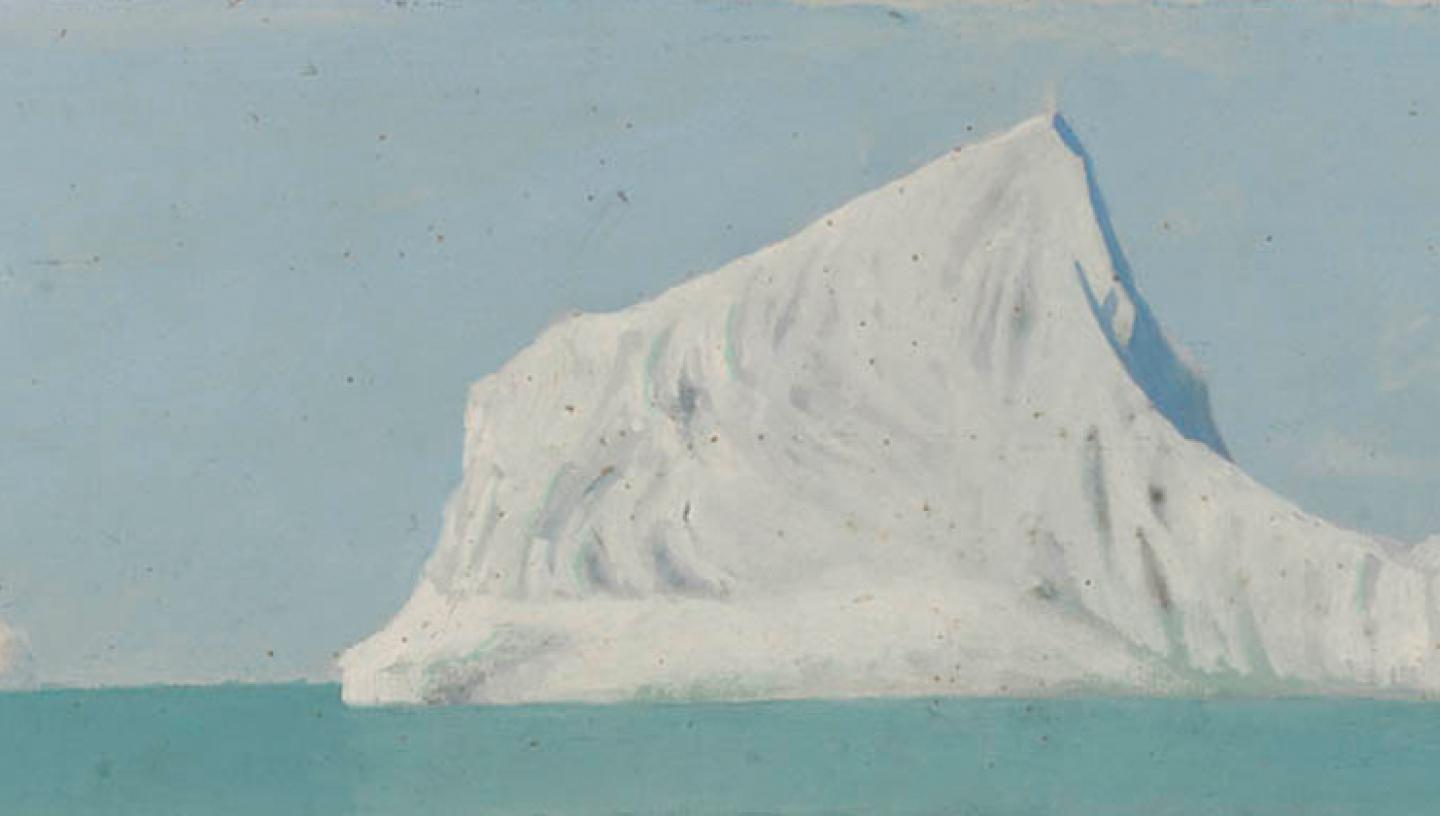
Essential Information
| Location |
National Maritime Museum
|
|---|---|
17 Dec 2015
There's many fantastic objects within our collection. Using the 12 days of Christmas as a guide we're sharing a few.
12 Days of Christmas
This December we wanted to showcase some of the variety of our collection with a Christmassy twist. Originally ‘The Twelve days of Christmas’ was sung to celebrate the twelve days following Christmas, plausibly originating as a children’s memory game. This year we are taking poetic license and using this as a chance to countdown to Christmas day itself. So join us as we count all the way down using actual objects and artefacts from our collection in a special version of the classic song!
On the first day of Christmas Royal Museums Greenwich gave to me...
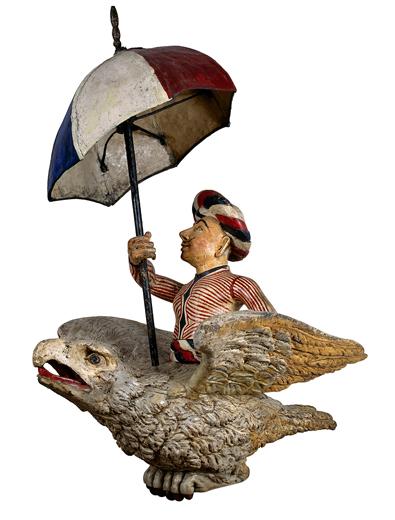
A Sultan Riding a Bird!
Meet Tipu, the wonderfully eccentric figurehead for the HMS Seringapatam. Tipu Sultan was the ruler of Mysore and is depicted here riding a Roc, a mythical bird of incredible strength. His umbrella symbolises his status as a very important man. Perhaps most interestingly is although the HMS Seringapatam was built as a British Naval ship, Tipu was in fact a famous antagonist of British rule. The ship and figurehead were both of Indian Work and therefore this could be seen as a highly subversive form of protest against British Occupation; A British Naval ship built by Indian handywork with a clearly anti-Imperialist figurehead!
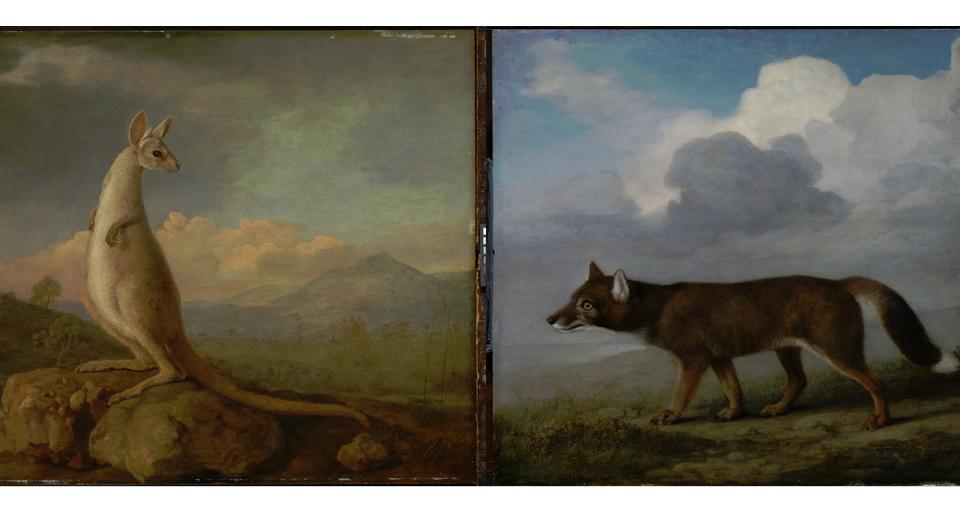
2 Aussie Paintings
Back in 2013 these two unassuming paintings were saved for the Nation by a huge campaign launched by the National Maritime Museum. With the help of supporters, and the public, Royal Museums Greenwich now have ownership of these two original pieces. But what is all the fuss about? Painted by George Stubbs these represent the product of Captain James Cook’s voyage to Australia. Two iconic Australian animals, the Kangaroo and dingo were spotted, captured and then these two paintings were created back in the UK. (Stubbs never saw a real life version of either animal but based his work on skins and descriptions!) As said by Sir David Attenborough “Exciting news that these two pictures, so important in the history of zoological discovery, are to remain where they were commissioned and painted.”
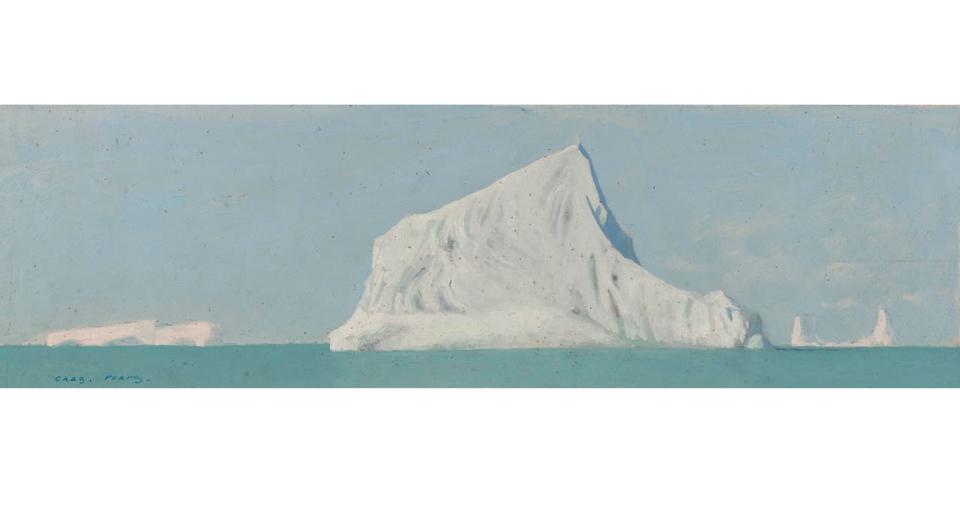
3 Icebergs
These images here were painted to show three different kinds of icebergs which sailors might come across in their journey. Icebergs were a peril for many Maritime explorers although the most famous incident of all must be the sinking of the ‘unsinkable’ Titanic. That particular iceberg was formed in Greenland and drifted into the ships path due to a powerful west Greenland Current. The iceberg itself was immense, similar to the central iceberg in this image; it is believed to have rivalled the Colosseum in size!
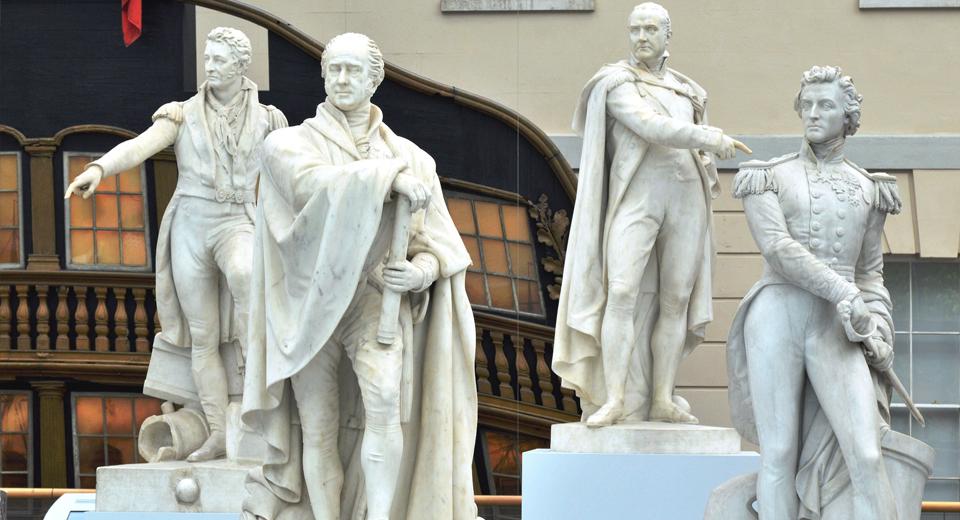
4 Posing Heroes
Peering out over the Great Map are four naval heroes. From left to right they are Admiral Sir William Sidney Smith (prison escapee), Admiral James de Saumarez (Battle champion), Admiral Sir Edward Pellew (Life saver) and Captain Sir William Peel (Courageous Commander). Staff at the Museum fondly refer to them as ‘The Boyband’ due to their set up and dramatic Greco inspired poses! Whilst our collections often celebrate amazing acts of heroism many of the statues and busts tell only one-side of the story. For example all of these heroes are male, Caucasian and of a certain class. One of our jobs at Royal Museums Greenwich is to also find ways of telling the stories of many of our unsung heroes and heroines that might be otherwise lost.
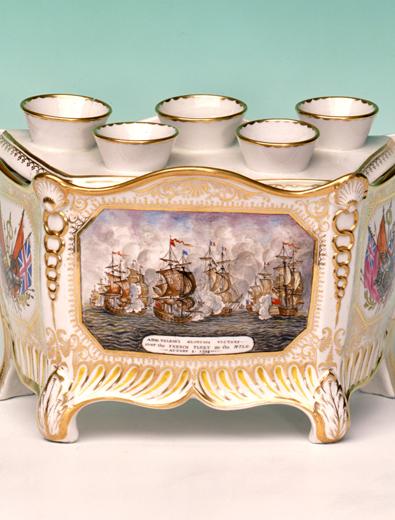
5 Golden Rings
Obsession with celebrity is by no means a 21st Century idea; Horatio Nelson was an incredibly popular figure in the late 18th and early 19th century and is still seen as an iconic Maritime Hero today. This particular pot commemorates Nelson’s defeat of the French fleet in the 1798 ‘Battle of the Nile’. The gilded rings of this pot were designed to hold crocuses.
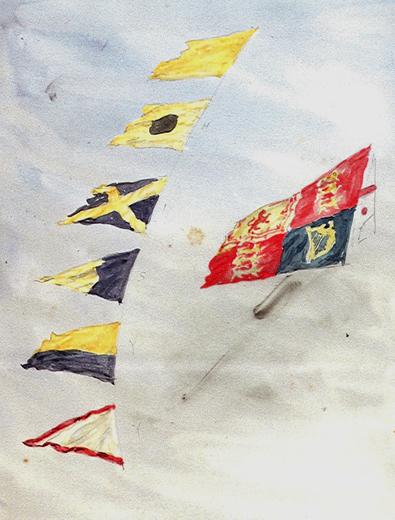
6 Flags A’flying
Flags are used both as symbols of identity but also as ways of communicating. Pictured in this original drawing are 6 Royal navy signal flags beside the Royal Standard. The signal flags signify individual letters but can also represent full messages by themselves. For example the top most flag is a ‘Q’ but also symbolises ‘Clean bill of health but liable for quarantine’.
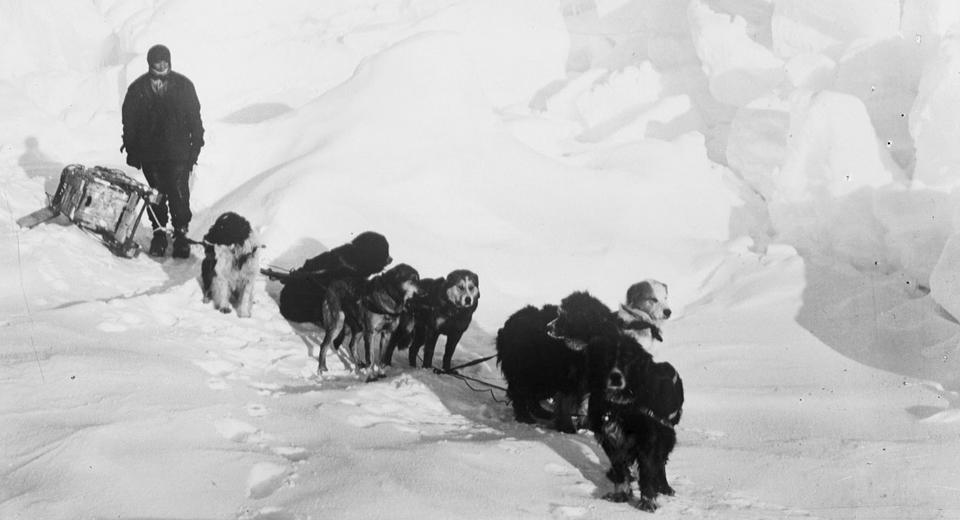
7 Dogs A’Hauling
This group of seven windswept dogs are pulling a sledge and an unidentified crew member from James ‘Frank’ Hurley's Antarctic expedition in 1915. Hurley’s dogs (of which there were a total of 9) were named Shakespeare, Bob, Rugby, Rufus, Sailor, Hackenschmidt, Noel, Jerry and Martin!
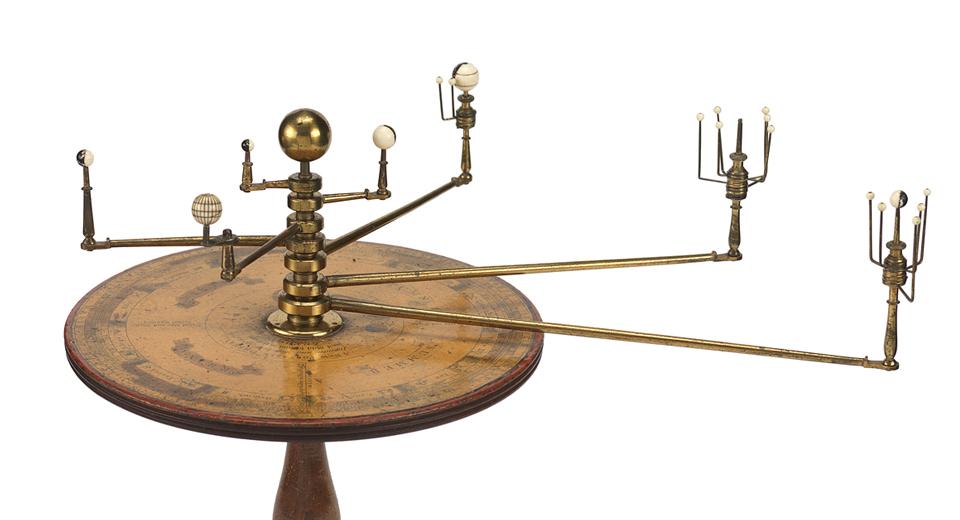
8 Celestial Bodies
This amazing contraption is known as an Orrery and was created sometime in the early 19th century. It was designed to represent and demonstrate current the understanding of the placement and orbit of planets in solar system. The fact that Uranus is included means that this particular model must have been built after 1781.
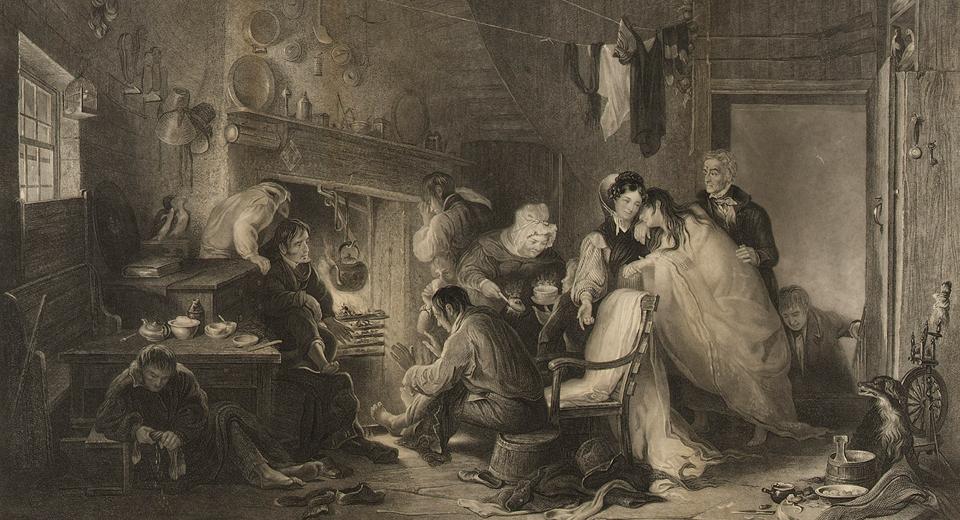
9 Sailors rescued
Grace Darling is one of the most famous Maritime Heroes. Her heroism, and her saving of 8 men and a woman has gone down in legend. It was widely commemorated and retold, as can be seen in this print from 1866!
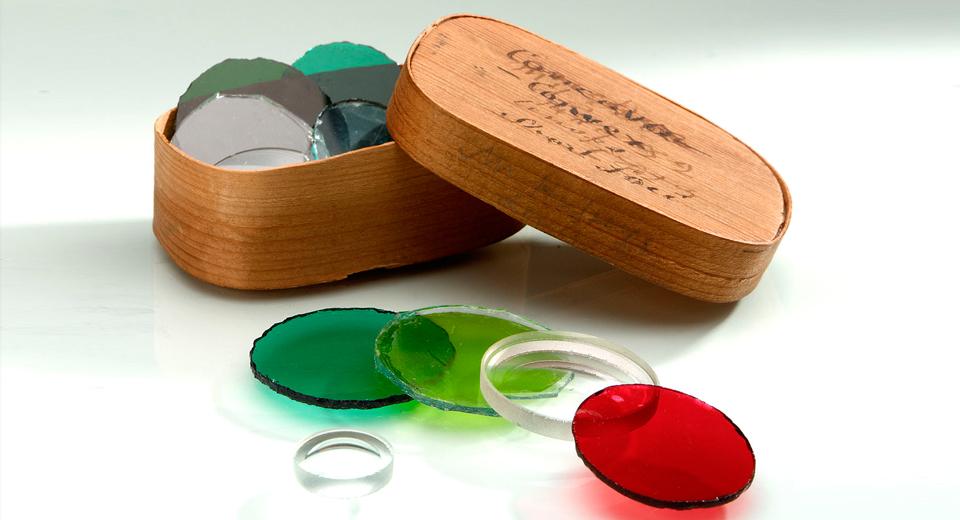
10 Hidden Lenses
These lenses were a chance find, and were discovered in a cabinet belonging to the Herschel family back in the 1950’s. It seems that they were used by generation after generation of the family to conduct experiments!
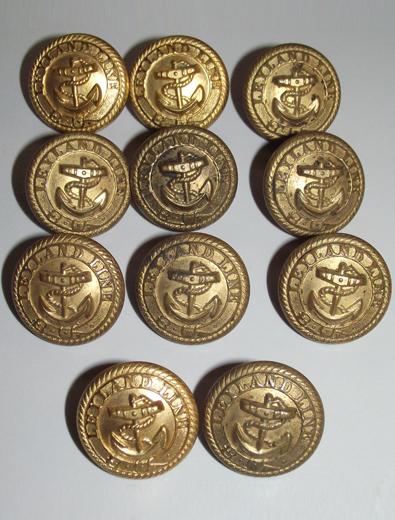
11 Golden Buttons
When we think of a life at sea there are a number of images or symbols that spring to mind. What could be more symbolic of the sea and sailors than an anchor? What about 11 golden anchors?! Anchors are symbolic of steadfastness and safety from a seafaring perspective, in that they keep a ship safe in a storm. They have also been part of Christian iconography, representing hope and salvation.
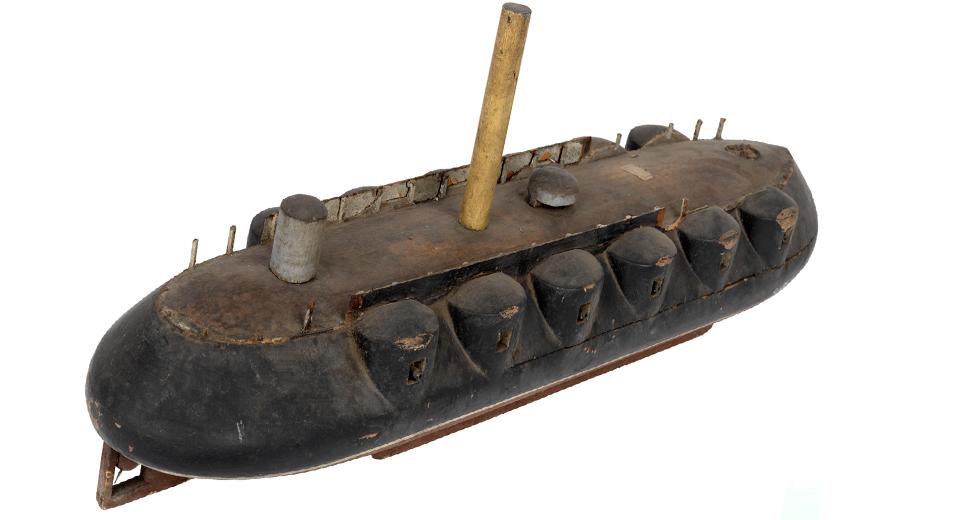
12 Guns on a warship
This mystery model ship at the top of the page was created around 1860-1870 but was never actually built into a functioning vessel. She (as all ships are traditionally referred to) was a proposed design for a warship which could be used in sheltered seas. Therefore she represents an idea someone once had that never quite made it into reality!
We wish you a verry merry Chritsmas from everyone here at Royal Museums Greenwich!
View more of the treasures in our collection here
Families can join in the festive fun with a series of free events at the National Maritime Museum